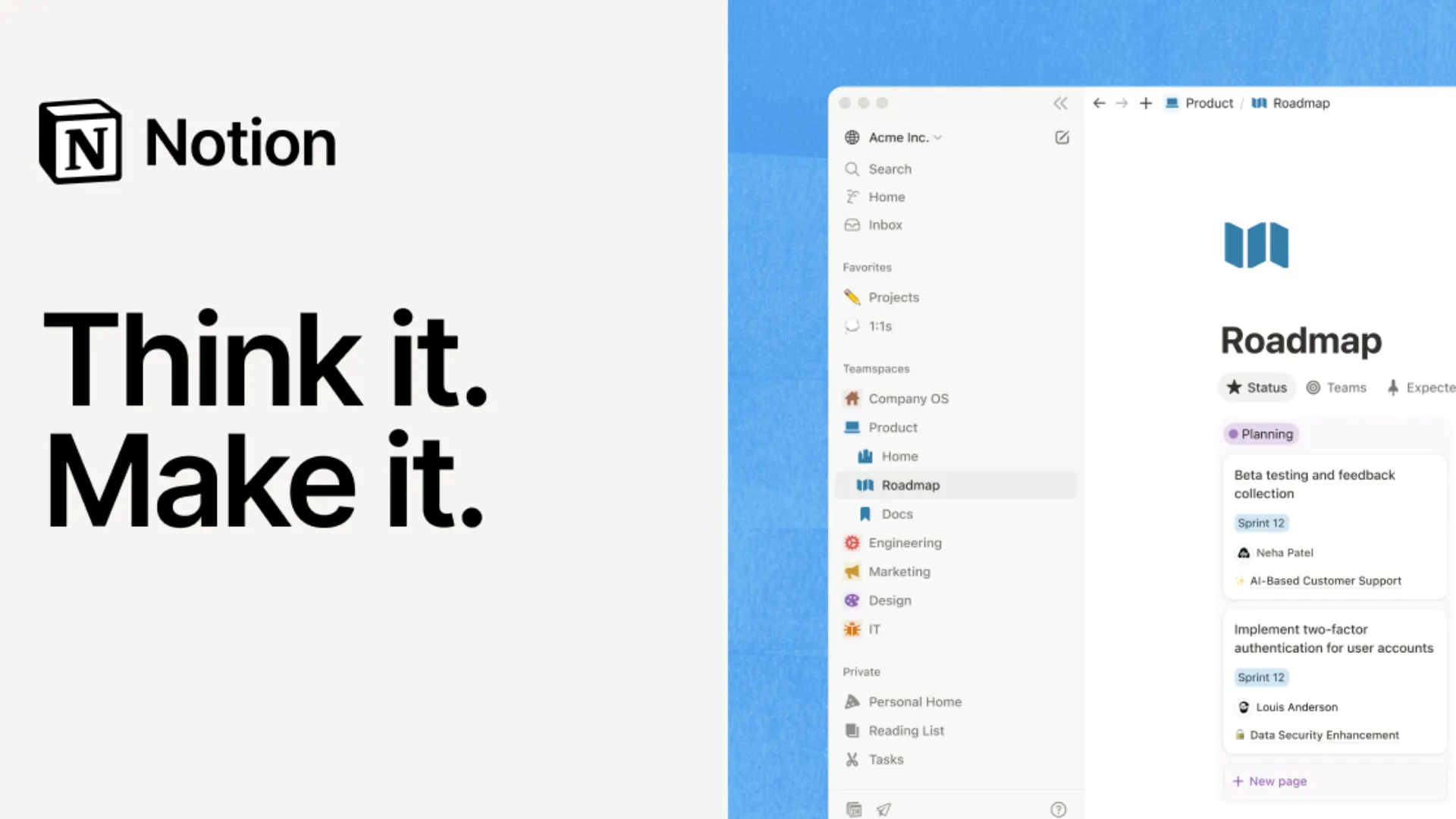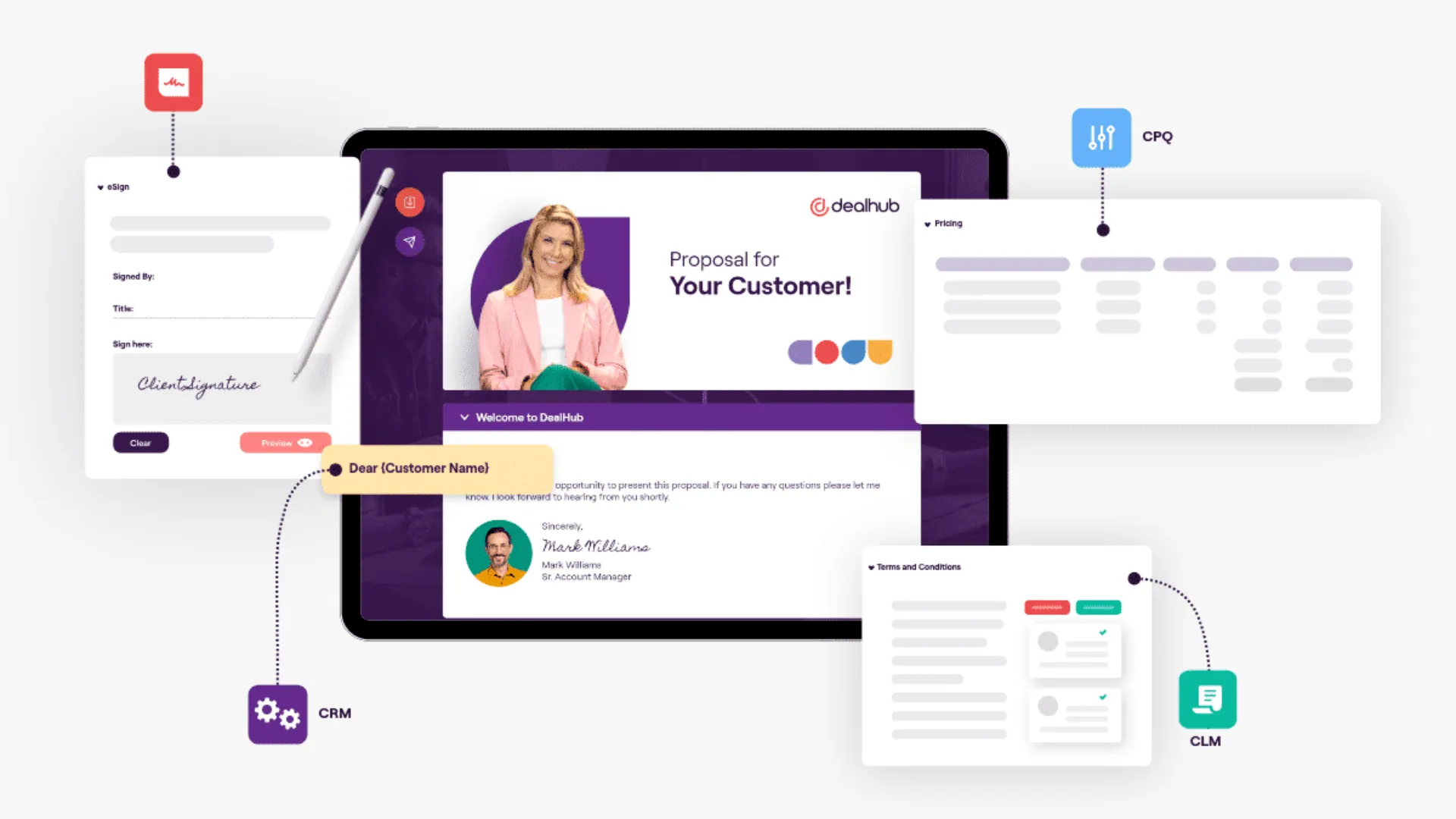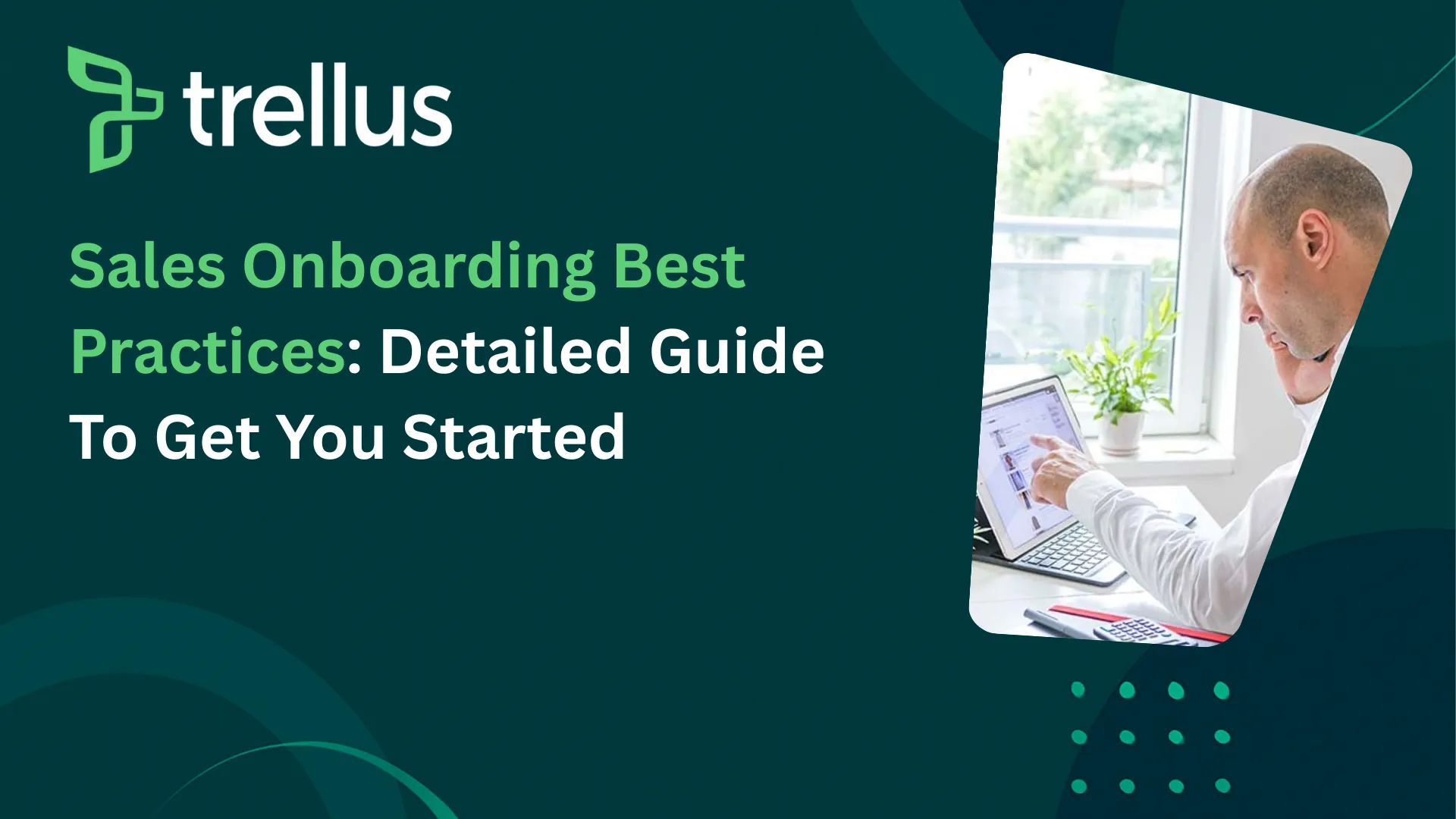
Our Top Picks


If you’re just starting as an SDR or struggling to find your footing, let me tell you something every top rep eventually learns: ramp time is not about how long you’ve been here, it’s about how fast you learn what actually moves the needle.
Most new SDRs waste their first three months chasing low-value tasks that look like work, sitting through product trainings, building perfect email templates, or shadowing random calls. The truth is, your ramp-up time doesn’t shrink from more information; it shrinks from better prioritization.
What Is Ramp-Up Time in Sales (and Why It Matters So Much)
.webp)
Ramp-up time refers to how long it takes a new sales rep to reach full productivity. That means you’re not just attending trainings anymore, but actively generating qualified meetings and contributing to the pipeline.
This phase includes learning your product, understanding buyer personas, building confidence in outreach, and syncing with your AE. For most companies, the average SDR ramp period can stretch anywhere from 3 to 6 months. Every extra week spent “figuring things out” delays the pipeline, affects revenue, and hurts team morale.
When you reduce SDR ramp time, everyone wins: reps see faster success, managers hit team quotas earlier, and the business scales revenue more predictably.
But shortening ramp time isn’t about rushing training; it’s about creating a structured, repeatable system that blends smart coaching, great tooling, and a rhythm of feedback that compounds over time.
Why Efficient SDR Ramp-Up Drives Performance
Think of ramp-up efficiency as your personal growth curve. The steeper it is, the faster you reach consistent results.
Here’s what happens when the process is tight and intentional:
1. Faster Productivity:
Structured onboarding helps new reps achieve full quota productivity nearly 50% faster. Imagine hitting your monthly number in month three instead of month six; that’s the real impact of smart onboarding.
2. Better ROI on Training:
Reducing ramp time also means your company recovers its training investment faster. Every hour spent on “automating SDR onboarding tasks” or standardizing templates (like SaaS onboarding templates or digital sales readiness assessments) pays off twice, once in saved training hours and again in faster pipeline creation.
3. Improved Morale and Retention:
When reps ramp faster, they feel competent and valuable. Confidence leads to consistency, and consistency leads to promotion opportunities. A strong ramp-up plan for new sales reps does more for retention than any motivational quote or leaderboard ever could.
Common Challenges Slowing Down SDR Ramp Time

Even the most motivated reps can struggle when the system is broken. Here are the main culprits:
1. Information Overload:
Many onboarding programs dump 50 PDFs, a dozen call recordings, and endless slide decks on new hires. The human brain can’t retain all that. What you need is sequenced learning, a clear timeline for when to master what, not everything at once.
2. Scattered Resources:
Sales enablement content often lives in too many places: Notion docs, Google Drive, and random Slack threads. SDRs waste hours searching for scripts or templates that should have been one click away. This is where SDR onboarding software tools can centralize training, resources, and coaching feedback.
3. Theoretical Over Practical:
A lot of onboarding focuses on theory, not execution. Reps memorize product features but never role-play real objections or practice cold calls. That gap between “knowing” and “doing” can add months to your ramp time.
4. Misaligned Coaching:
If your AE or manager doesn’t know what your success metrics look like, they can’t coach you effectively. This is why internal alignment (your first level of mastery) matters more than any cold email template or tech stack.
LEVEL 1: INTERNAL ALIGNMENT, YOUR BASE PILLAR OF SUCCESS
This is where everything starts. More than 50% of your success as a new SDR depends on how well you align with your Account Executive (AE) and the broader organization.
Think of your AE as your internal customer. You’re feeding them opportunities. If they don’t trust your leads, they’ll hesitate to work your pipeline, and that tension slows everyone down.
Earn Trust, Don’t Ask for It
Your AE is busy. They live quarter to quarter, chasing deals and managing forecasts. To earn their attention, show that your work makes their job easier.
Here’s how to do it:
1. Come Prepared to Every 1:1:
Treat weekly check-ins like client meetings. Arrive with your activity metrics, learnings, and questions ready. Show them you’ve executed on last week’s plan and can clearly talk through what worked and what didn’t. This small habit builds credibility fast.
2. Take Ownership of the Territory:
Never ask, “What accounts should I go after?” That signals dependence. Instead, ask, “What accounts should I avoid?” This phrasing positions you as proactive and assumes ownership of the full territory.
Your AE will respect that you’re taking initiative, and it helps avoid overlap with active deals. Over time, they’ll trust your judgment, which makes collaboration smoother.
3. Understand Their Goals and Metrics:
Your AE’s performance depends on closed revenue. Yours depends on meetings set and a qualified pipeline. The sooner you understand how your success supports theirs, the better you’ll sync.
When a jump-ball lead comes up, the AE who sees you hustling consistently will back you up.
Control the Narrative Around Your Role
Some AEs (especially tenured ones) may unintentionally treat SDRs as administrative support, people who feed them leads rather than strategic partners. That’s your chance to flip the script.
Remind them, respectfully, that your goal is to develop a long-term pipeline (3–4 quarters ahead), not just pass leads. Your work expands their future territory. That’s a critical part of revenue planning and something many forget.
The reps who ramp fast are the ones who communicate clearly, take ownership, and make their AEs look good.
LEVEL 2: TOOL PROFICIENCY AND INTERNAL SYSTEMS
If Level 1 was about alignment, Level 2 is about eliminating friction.
The fastest way to reduce SDR ramp time is to build fluency in the tools that drive your workflow, your CRM, your data sources, and your outreach systems. Every extra minute wasted copying data between tabs or fixing CSV imports is a minute you could have spent connecting with prospects.
When I mentor new SDRs, I always say this: your tech stack is your pipeline engine. Learn to drive it like a pro, and everything else becomes easier.
Why Tool Mastery Accelerates Ramp-Up
The best SDRs I’ve worked with don’t necessarily have the best sales instinct; they have smoother processes. They know how to build lists in seconds, log calls automatically, and keep their CRM spotless so their AEs always trust their numbers.
Tool proficiency is not just about productivity; it’s about credibility. When your AE or manager sees that your data is clean, your notes are complete, and your follow-ups are scheduled, they start treating you like a top performer, even before you start hitting quota.
This is why SDR onboarding software tools are so valuable today. They shorten the time it takes to learn the systems, automate repetitive admin work, and track performance from day one.
The Three Capabilities You Must Master
Forget all the complex integrations or fancy AI add-ons for now. Your goal in the first 30 days is to master the three simple but powerful capabilities that let you scale your output.
1. Filtering:
You should be able to slice through your target market effortlessly. That means filtering leads by title, department, geography, and company size in tools like ZoomInfo, Sales Navigator, or Apollo.
Filtering accuracy ensures that every dial or email you send hits someone who actually fits your ICP. That one skill alone saves hours every week and helps you maintain the “quality volume” mindset that separates professionals from spammers.
2. List Building:
Once you have your filtered prospects, you need to turn them into actionable lists. The goal is to make this process one-click simple.
If it takes you 45 minutes to build a list, you’ll never reach consistent volume. Learn shortcuts and workflows from tenured SDRs in your team. What they’ve built over months can save you weeks of trial and error.
3. Contacting:
The last step is seamless outreach. Your CRM, dialer, and email tools should work together so you can contact prospects directly from your dashboard without jumping between tabs.
This is where automating SDR onboarding tasks really pays off. Set up pre-built workflows, email templates, and call logs early. The faster you can get into rhythm, the sooner you’ll see traction.
The Hidden Benefit: Confidence Through Familiarity
When you stop fumbling with tools, your energy shifts toward what matters: conversations. That’s where confidence begins to compound. A new SDR who’s confident in their tools shows up to calls more relaxed, focuses on tone and curiosity, and avoids burnout from constant context switching.
Your ramp-up plan for new sales reps should always include dedicated tool immersion weeks. Instead of cramming everything into the first few days, focus week-by-week on mastering one system at a time. For example:
- Week 1: CRM setup and navigation
- Week 2: Database research and list building
- Week 3: Outreach sequencing and tracking
By the end of your first month, you won’t just “know” your tools, you’ll be fluent in them.
LEVEL 3: DEVELOPING CONFIDENT TALK TRACKS AND MESSAGING
Once your process runs smoothly, the next leap comes from your ability to communicate naturally.
Most SDR onboarding programs hand you rigid scripts that sound like corporate brochures. The problem? Prospects can spot canned messaging from a mile away. Real success comes from building talk tracks that sound human, confident, and conversational, not robotic.
This is where a lot of sales coaching automation tools fall short. They can help you track calls, but they can’t teach you authenticity. That part comes from practice and intelligent iteration.
The Belief: Natural > Polished
When you’re early in your ramp, it’s tempting to sound “professional.” You overuse buzzwords like “synergies,” “strategic alignment,” or “single source of truth.” But what prospects actually want is clarity.
They don’t care about your product yet. They care about solving their problem faster, cheaper, or with less risk. So your talk tracks should mirror their world, not your company’s marketing deck.
The Messaging Hierarchy (Build It Gradually)
A smart way to structure your messaging is through layers that get progressively more specific over time:
1. General or Solution Level:
Start with one simple sentence that describes what your company helps people achieve. Not what it does, but what it enables. Example:
“We help revenue teams cut down manual prospecting hours so they can spend more time closing deals.”
This gives you a universal message you can tweak across conversations.
2. Department Specific:
Now tailor that message to specific functions. For example, your pitch to Finance might emphasize cost predictability, while your message to Sales Ops might emphasize automation and efficiency.
3. Job Title Specific:
Drill deeper within each department. A Controller cares about compliance and accuracy, while an FP&A analyst cares about forecasting. Adjust your phrasing accordingly.
4. Industry Specific:
Finance in SaaS doesn’t sound like finance in manufacturing. Reference common metrics or pain points that show you understand their world.
This layered approach gives you flexibility while keeping your core narrative intact. It’s the opposite of one-size-fits-all scripts.
The Use Case Storytelling Advantage
One of the fastest ways to train SDRs faster is to replace product descriptions with use case stories.
Here’s the structure:
- State the problem the customer faced.
- Explain what made it painful.
- Share what changed after your product came in.
Keep it short and anonymous (“A mid-size logistics firm” instead of “Acme Corp”). This keeps the focus on the outcome, not the logo.
When you stack 2–3 strong use case stories in your back pocket, you can pivot any conversation with confidence, and that’s how great reps ramp twice as fast.
Shortcut for Speed: Borrow, Then Personalize
In sales, originality slows you down. There’s no shame in starting from your team’s best templates or top performers’ talk tracks. Take their scripts, run them verbatim for a few days, and then start editing based on what feels natural in your voice.
Think of it like “SaaS onboarding templates” but for outreach. The structure gives you predictability; your own voice gives it authenticity.
The quickest ramping SDRs treat messaging like a living document, constantly tweaking, not reinventing. That’s the mindset that builds confidence faster than any product certification ever could.
LEVEL 4: THE SIMPLE, REPEATABLE OUTBOUND CADENCE
Once your tools and messaging are solid, you need rhythm. Without rhythm, even good reps burn out fast.
The best cadence is simple, sustainable, and measurable. That’s where the AB Every Other Day method shines. It’s a structure I teach every new SDR because it balances focus with volume.
How the “AB Every Other Day” Cadence Works
Create two prospect lists:
- List A: One persona (for example, VPs of Finance or FP&A)
- List B: Another persona (for example, Controllers or Heads of Accounting)
Then alternate your outreach like this:
- Monday: Call List A, Email List B
- Tuesday: Call List B, Email List A
- Repeat this pattern through the week.
It’s simple, consistent, and ensures you’re always touching both lists without overcomplicating your calendar.
This method eliminates the mental fatigue of deciding “who to call next.” Your day starts with clarity, and clarity drives speed.
Why Simplicity Always Tends To Win
Complex 15-step cadences sound impressive on paper but collapse in real life. Most SDRs can’t maintain that level of granularity without automation. Instead, focus on two scalable channels, calls and emails, and hit them consistently.
If you want to layer LinkedIn later, that’s fine, but early ramp periods are all about repetition and habit-building.
A cadence like this also supports AI-driven rep performance tracking. Tools that monitor outreach timing, response rates, and call patterns can give you automated feedback loops that help you iterate without waiting for your manager’s review.
The Intensity Window
You don’t need to chase a prospect forever. Research shows that response rates plummet after 7–10 days. So your goal is to run an intense burst, around seven touchpoints in ten days, then move on.
After a few weeks, you can circle back to that same list. Most prospects won’t remember your earlier outreach, and you’ll have fresh angles to test.
This rhythm keeps your pipeline healthy and your motivation high because you’re always working on new conversations instead of staring at stale ones.
The Real Secret: Consistency Over Volume
You can’t game the ramp process through bursts of hyperactivity. The goal is steady improvement. Track your talk-to-connect ratios, reply rates, and meeting conversion metrics weekly.
Then use those numbers to run a digital sales readiness assessment on yourself. Which parts of your outreach system are frictionless? Which ones slow you down? Self-awareness is what separates SDRs who plateau from those who become AEs in record time.
1. Trellus: The All-in-One Power Platform for Outbound SDRs

Let’s start with the backbone of an outbound SDR’s workflow: the dialer and activity engine.
Most companies still run a patchwork of tools, one for calling, one for logging, one for notes, and another for coaching. The result? Context switching, data gaps, and lagging feedback loops.
That’s why modern teams are shifting toward purpose-built SDR platforms like Trellus, designed specifically for outbound-first sales teams.
Why Trellus Stands Out:
- Speed: Lightning-fast embedded parallel dialer with a robust ai coaching feature.
- Focus: SDR dashboard surfaces call results, talk ratios, and objection summaries instantly.
- Coaching Layer: Built-in analytics and voice intelligence for real-time improvement.
- Integration Ready: Syncs smoothly with CRMs (HubSpot, Salesforce, Pipedrive, etc.) and outreach tools.
Impact on Ramp: Trellus cuts the “learning to action” gap in half. New reps start live dials confidently by Day 3 instead of waiting weeks for tech setup or call data visibility.
If you want a tech-first way to make your ramp more predictable, this is where to start.
2. Gong

You can’t manually coach every call your SDRs make.
That’s where conversation intelligence tools like Gong or Wingman come in.
They record, transcribe, and analyze every call, surfacing insights about tone, keywords, talk ratios, and deal blockers.
But more importantly for ramp, they help new SDRs self-coach.
How It Reduces Ramp Time:
- Reps can listen to their own calls with AI-driven feedback.
- Managers can tag “learning moments” for each rep (e.g., tone, pause, or transition).
- SDRs build intuition faster; they start hearing what “good” sounds like.
Alternatives: Avoma, Refract, or Fireflies.ai (for smaller teams).
3. Lavender

Cold calling gets all the glory, but ramp time often depends on how quickly SDRs can write messages that get replies.
Most new SDRs overthink emails or write walls of text. Lavender fixes that instantly.
It’s an AI email coach that gives real-time feedback inside your inbox (Outreach, HubSpot, Gmail, etc.), like a writing mentor living inside your composer.
How It Reduces Ramp Time:
- Instant score + rewrite suggestions on tone, personalization, and length.
- Shows what “great” emails look like by benchmarking top performers.
- Encourages reps to write faster and better within their first week.
Alternatives: Copy.ai, SalesOS, Smartwriter, or Flowrite.
4. Notion

Most onboarding docs end up in Google Drive graveyards.
New SDRs need clarity at the point of action, not buried in folders.
That’s why top-performing teams use Notion (or Guru) to build an interactive sales playbook, one that’s searchable, skimmable, and living.
How It Reduces Ramp Time:
- SDRs can pull scripts, objection responses, ICP profiles, and messaging examples in seconds.
- Managers can update one centralized knowledge hub (no more outdated PDFs).
- Integrates into daily tools (Slack, Chrome, CRM), with frictionless access.
Mentor’s Tip: The best Notion pages aren’t long; they’re useful. Build it like an SDR’s survival guide, not an encyclopedia.
Alternatives: Slab, Trainual, or Spekit.
5. Dock/ DealHub

Ramp doesn’t end when SDRs book meetings; it ends when they hand off clean, qualified opportunities.
And nothing slows ramp like messy transitions between SDR → AE.
How It Reduces Ramp Time:
- SDRs learn to summarize value and context effectively.
- AEs get instant visibility, no lost information or duplicated effort.
- Reduces post-demo confusion (“Wait, what did the SDR promise?”).


.jpeg)




